What's the Difference Between Vitamins and Minerals?
In This Article, We Explore the Real Difference Between Vitamins and Minerals and How Understanding Them Can Improve Your Health.
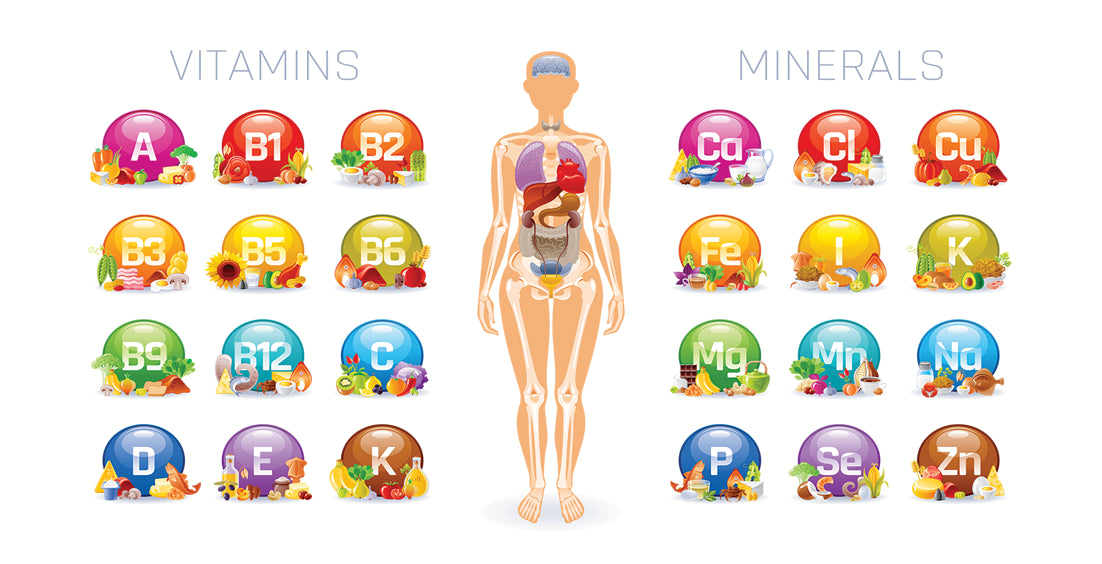
Overview
"Eat your fruits and vegetables – they're full of vitamins and minerals!" We've all heard it a million times. But how many of us really know what vitamins and minerals are, or why they're so important? Or what is the function of vitamins and minerals?
These tiny nutrients are mentioned everywhere – from cereal boxes to health magazines – yet they remain a mystery to many.
t's about time we open the lid on these vital nutrients. Knowing what goes into our systems is first and foremost upon us for a better life. Vitamins and minerals are, therefore, very important in keeping us alive and well. This doesn't mean they are all the same. Each of them has special functions within this complex system.
This article, therefore, seeks to give in-depth details on what vitamins and minerals really are, where they originate, and the reason why they are very vital for health. Vitamins and minerals: unwrapping the mystery.
Imagine your body to be a very fine computer, much like the latest smartphone or the most modern computer that you can think of. Much like your phone needs to be charged with the appropriate type of charge and your computer needs updating with software, so does your body actually require all the right nutrients to keep running properly. Vitamins and minerals are the two biggest groups of nutrients that your body needs.
These essential vitamins and minerals help your body to do all sorts of amazing things—from healing cuts to thinking clearly. Take them away, well… let's just say we'd be in big trouble! Even though vitamins and minerals generally are talked about as a pair—like in those multivitamin pills—they are actually quite different. Let's dive in and understand what are vitamins and minerals and why they are different!
Defining Vitamins
What are vitamins, then? Think of them as little health superheroes. Vitamins are what are known as organic compounds that your body requires in smallish quantities in order to run correctly. Not "organic" like pesticide-free or anything toward that end, but in science, it just means they contain carbon and are derived from living things
Types of Vitamins:There exist two main types of vitamins: fat-soluble and water-soluble.
Fat-soluble Vitamins: A, D, E, and K fall under the fat-soluble group. They are like those types of friends who love to hang out and just hang around a bit. Your body stockpiles these vitamins in your fat tissues and liver. This means you don't have to consume them daily during the week.
Water-soluble vitamins: Vitamin C and all of the B vitamins, including B6, B12, and folic acid come under Water- soluble vitamins. You could think of them as those friends who are always on the move and just pop in—your body can't store them, so you have to get more often in your diet.
Each one of these vitamins really does seem to have its own superpower:
- Vitamin A helps your eyes work right, especially in poor light. It's basically like night vision goggles for your peepers! If you want to explore more about Vitamins for Eyes that enhance your eye health, don't miss our comprehensive article.
- The B vitamins allow your body to turn food into fuel. You can basically think of the B vitamins as really just being the power plants of the cells.
- Vitamin C is going to be a straight-up booster shot for your immune system and help you heal from wounds. It's sort of like a shield and repair kit all in one.
- Vitamin D is going to help your body soak up calcium for strong bones. It's kind of like the construction foreman of your skeleton.
- Vitamin E protects your cells from damage. Think of it as kind of like a bodyguard to your cells.
- Vitamin K makes your blood clot. It's the Band-Aid dispenser of your circulatory system.
 What are vitamins and minerals
What are vitamins and minerals
Defining Minerals
Now that we have discussed vitamins, let us now discuss minerals. In a nutshell, if vitamins are like the organic superheroes, then minerals are their inorganic sidekicks. "Inorganic" means they do not contain carbon and they come from non-living sources like rocks and water.
Minerals are elements the body needs to function properly. They're basically like the building blocks and the maintenance crew of your body.
Types of Minerals
Macrominerals: These are the minerals that your body needs in larger amounts. They include calcium, phosphorus, magnesium, sodium, potassium, chloride, and sulfur. This means, for instance, you need quite a bit of calcium to keep your bones strong.
Trace minerals: These are those minerals that your body requires only in small or minute quantities; however, they are of immense importance to the activities. They include iron, manganese, copper, iodine, zinc, cobalt, fluoride, and selenium. Even if only a small amount is required, problems can be severe if the body doesn't get that amount.
Each mineral performs some vital function:
- Calcium builds strong bones and teeth. This is the concrete of the body. Iron carries oxygen around your blood. It's sort of like a little delivery truck for oxygen.
- Potassium will help your nerves and muscles work correctly. It is the electrical wiring of your body.
- Zinc helps your immune system and helps you heal from wounds. It is part of the repair crew in your body.
- Iodine will help your thyroid gland function properly, which controls your metabolism. It's almost like your body's thermostat.
Key Differences Between Vitamins and Minerals
Now that we know what they are, let us see how they differ. It is kind of comparing apples to rocks – both important in their own ways, but obviously they are nothing alike!
- Origin: Vitamins are produced by living things. Plants can make most vitamins; animals can make some. As a matter of fact, our skin can make vitamin D if we get enough sun. Pretty cool, huh? Minerals, on the other hand, ultimately originate from the earth. Plants absorb them from the soil and water; we get them by eating plants and/or other animals.
- Chemical Structure: Their chemical structure is complex. They are made up of many atoms, connected in certain ways. Minerals are very simple—just single elements. Iron atoms stand alone as the mineral iron. Vitamin C is made from carbon, hydrogen and oxygen atoms connected in a certain structure.
- Stability: Vitamins are pretty delicate. It is absolutely true; some vitamins are destroyed by heat, light and even air. This is the reason why some foods tend to lose vitamins when cooked or left out too long. Minerals, on the other hand, are tough cookies; they do not break down easily. You may boil, fry, or leave them out in the sun—they will still be there.
- Absorption and storage in the body: While some, mostly fat-soluble, vitamins get stored for some time in your body fat and liver, water-soluble ones do not really remain in the system for long. Your body assimilates what it needs and excretes the rest. Most of the minerals are also not stored in huge amounts in the system for long, except a few like calcium and iron, which get stored in bones and blood, respectively.
-
Absorption and excretion: Not all vitamins and minerals are absorbed in your body in the same way. Vitamins often enough require the help of other substances for proper absorption. For example, fat-soluble vitamins require that there be a little fat present in your meal for sufficient absorption.
Some minerals can even be competitive for absorption. For instance, calcium and iron counteract each other if you take too much of one. As far as excretion goes, the water-soluble vitamins your body does not need are usually peed out within pretty short order.
Excess minerals are excreted much more slowly, primarily in the feces. The similarities are that, despite their differences, vitamins and minerals do have some things in common.
- Crucial for health: Both the vitamins and minerals are absolutely essential for the proper functioning of your body. You simply can't do without them!
-
Needed in small amounts: Unlike carbohydrates, proteins, and fats, which you need in greater amounts, you need vitamins and minerals only in small, or minute, quantities. Don't be misled by the name though – these small amounts are absolutely vital!
The dietary sources are mainly food. Normally, one acquires both from food; however, for the intake of all the required vitamins and minerals, a balanced diet encompassing a variety of foods is ideal.
- In supplements: If you are not getting enough from your diet, then in that case, both vitamins and minerals can be taken as supplements. But then remember, it's always best to get your nutrients from food if you can!
- Teamwork: Many vitamins and minerals team up with other nutrients in your body. For example, vitamin D helps your body absorb and use calcium better.
Dr. Ralph Waldo
Dr. Ralph Waldo, M.D., holds degrees in biology and psychology from Indiana University, as well as a Master’s in Physiology and Biophysics. He explains, As a biochemical expert, I understand the nuances between vitamins and minerals. Vitamins are organic compounds, while minerals are inorganic elements essential for health.
For example, B vitamins and vitamin C are crucial for energy and immunity. A lack of B12 or folate causes anemia, and low vitamin D impacts bone health. Minerals like calcium and iodine are also vital. Calcium deficiency leads to osteoporosis, while iodine deficiency affects the thyroid. In my practice, supplements have helped patients with deficiencies in vitamin D, B12, and iron, improving energy and health.
Sources of Vitamins and Minerals
 Essential vitamins and minerals
Essential vitamins and minerals
But where do you get these nutrition superheroes? Well, here's the breakdown:
Vitamin Sources- Fruits and veggies are basically vitamin superheroes. Different colors often mean different vitamins, so eat a rainbow!
- Citrus fruits, strawberries, and bell peppers top the list for vitamin C.
- For one's daily intake of vitamin A, look to carrots, sweet potatoes, and spinach.
- Nuts, seeds, and vegetable oils are good sources of vitamin E.
- Get your vitamin D from fish, eggs, and milk.
- The B vitamins are plentiful in whole grains and legumes.
- Dairy products are famously good sources of calcium.
- Iron and zinc come from meat, poultry, and fish.
- Bananas and potatoes are a good source of potassium.
- Nuts and seeds are fine sources of magnesium and selenium.
- Iodized salt is used to provide … you guessed it, iodine!
Some foods are "fortified" which means they have extra vitamins and minerals added. For example, nearly all breakfast cereals are fortified with a variety and number of vitamins and minerals. Variety is the spice of life when it comes to your diet. No food, whatever it may be, contains all the vitamins and minerals, so eat a variety!
SupplementsAs per the Supplement Business Report 2021, “Sales of all dietary supplements totaled an estimated $55.7 billion in 2020, including $21.2 billion for all supplements containing vitamins, minerals, or both.”
If you can't quite get enough vitamins and minerals in your diet, there are supplements to bridge the gap. They come in many forms: pills, gummies, liquids.
Data from the National Health and Nutrition Examination Survey suggests that, “Among U.S. adults aged 20 and over, 57.6% used any dietary supplement in the past 30 days, and use was higher among women (63.8%) than men (50.8%).”
This suggests that supplements are a go-to choice for most individuals. Just remember, a supplement should supplement a healthy diet—not replace it. Always check with your doctor or nutritionist before taking any new supplements.
Recommended Daily Allowance
By now the question - how much of these vitamins and minerals do I actually need? - should be crossing your mind. Good question, that is what the Recommended Daily Allowance tells you.
The RDI acts as a nutrition map and will detail how much of every one of these vitamins and minerals the majority of individuals should strive for every day. But here's the thing: it's not one-size-fits-all. Your individual needs may vary due to several different factors, like:
- Age: An adolescent growing child needs a different dose compared to an adult or an older person.
- Gender: Normally, the recommended amount for a man and a woman should be different.
- Pregnancy or Lactating: These women are recommended to take extra doses of some nutrients.
- Health conditions: Some health issues may increase your requirements for some vitamins or minerals.
- Way of life: In the case of an athlete or a person who is very active, one might need to take a higher dosage.
For instance, the RDI of vitamin C is 65-90 milligrams in most adults. Smokers need an extra 35 milligrams in the body per day because their usual practice severely exhausts the body's vitamin C content.
However, more of a specific nutrient is not always better. Some vitamins and minerals have an upper limit—an amount beyond which is considered ineffective and potentially dangerous.
Deficiencies and Excesses
Lack of such food sources of vitamins or minerals leads to deficiencies, which contribute to a fair number of health-related problems. Examples are as follows:
- Deficiency in vitamin C causes scurvy. The general signs and symptoms are fatigue, malaise, bleeding gums, joint pain, and poor wound healing.
- A deficiency in iron causes anemia, a state leading to fatigue, weakness, and pale skin.
- A deficiency in vitamin D greatly affects bone health, resulting in weak bones with more chances of fracture.
- Iodine excess: Thyroid lost, malformed, misshaped
On the other side of it, when vitamins and many minerals are taken to a surplus, there becomes a dangerous level. The most significant are
- Vitamin A in excess can cause headaches, vision changes, and liver damage.
- Iron: can accumulate in the liver and heart, damaging the organs
- Calcium–supplements, not food-There can be an increased risk of kidney stones in those who take supplements.
That is why recommended intake levels should be followed and consult a health professional before starting high dose supplements.
Interactions between Vitamins and Minerals
Here's where things get really interesting, vitamins and minerals do interact with each other. They more often than not interact with each other in ways that can either help or hinder the other's work.
Positive InteractionsSome of the Vitamins, when taken along with some Minerals, can offer a boosted and positive effect on your body. For example:
- Vitamin D allows your system to correctly absorb calcium. Best buds hangin' out and workin' on yo' bones.
- Vitamin C helps your system absorb iron from plants. It's kinda like the nice tour guide that takes the iron everywhere around your body.
- Vitamin E and selenium are both antioxidants and do interact, working in protecting cells against damage.
This Vitamin and Mineral may conflict with the effects in your body or give side effects, or may not work properly due to negative interactions if taken together.
- Calcium could probably interfere with iron absorption. That is why it is often recommended to take iron at a different time than calcium-rich foods or supplements.
- Zinc and copper have competing absorption: Too much of one can lead to a deficiency of the other.
- Large doses of vitamin C can interfere with the absorption of vitamin B12.
These are just a couple of examples of why a well-balanced diet is so important. When you get your vitamins and minerals from a variety of foods, they're generally in the right proportions to have maximum positive effects.
Conclusion
We journeyed through the land of vitamins and minerals, where each of them proved quite special in their roles and varied very much from one another. These small nutrients, differing in origin and structure, are of equal significance to the health of our body—from building strong bones and teeth to boosting our immune system.
Recall that a balanced diet with a variety of foods is your best bet for all nutrients. Whereas supplements may be of value in some cases, they are no substitute for healthy eating. Armed with this base of knowledge about these key nutrients, you will be much better prepared to make wise choices regarding your diet, generally for your health. Here's to your health!
About WOWMD Staff
The WOWMD Staff category features a diverse team of writers, each bringing specialized knowledge in areas such as nutrition, fitness, wellness, and more. Articles in this category benefit from insights provided by multiple experts. All content is peer-reviewed and regularly updated to ensure compliance with our editorial standards.
References
- Vitamins and minerals - https://www.betterhealth.vic.gov.au/health/healthyliving/Vitamins-and-minerals
- Biochemistry, Fat Soluble Vitamins - https://www.ncbi.nlm.nih.gov/books/NBK534869/
- Biochemistry, Water Soluble Vitamins - https://www.ncbi.nlm.nih.gov/books/NBK538510
- Minerals: Their Functions and Sources - https://www.healthlinkbc.ca/healthy-eating-physical-activity/food-and-nutrition/nutrients/minerals-their-functions-and-sources
- Dietary macrominerals: Updated review of their role and orchestration in human nutrition throughout the life cycle with sex differences - https://www.ncbi.nlm.nih.gov/pmc/articles/PMC9932710/
- Trace Elements - https://www.ncbi.nlm.nih.gov/books/NBK218751/
- The best foods for vitamins and minerals - https://www.health.harvard.edu/staying-healthy/the-best-foods-for-vitamins-and-minerals
- Multivitamin/mineral Supplements - https://ods.od.nih.gov/factsheets/MVMS-HealthProfessional/
- Dietary Supplement Use Among Adults: United States, 2017–2018 - https://www.cdc.gov/nchs/products/databriefs/db399.htm
- Nutrient Recommendations and Databases - https://ods.od.nih.gov/HealthInformation/nutrientrecommendations.aspx
- Vitamin C - https://ods.od.nih.gov/factsheets/VitaminC-HealthProfessional/
- Main nutritional deficiencies - https://www.ncbi.nlm.nih.gov/pmc/articles/PMC9710417/
- Too much of a good thing? Toxic effects of vitamin and mineral supplements - https://www.ncbi.nlm.nih.gov/pmc/articles/PMC164945/
Evidence Based Research
This WOWMD content has been reviewed, as well as checked for facts, so as to guarantee the best possible accuracy.
We follow a strict editorial policy, especially related to the sources we use. Our articles are resourced from reputable online pages, with research drawn from academic institutions and peer-reviewed studies. You can click on the numbers in the parentheses (1, 2, etc.) and check out those references.
The feedback form on this page can be used to report content that is not accurate, up-to-date or questionable in any manner.
We do NOT intend for the information presented through our articles to replace the medical relationship with a qualified physician, nor does it represent specialized advice.


 Skin Detoxification Bundle
Skin Detoxification Bundle Complete Weight Loss Bundle
Complete Weight Loss Bundle Heart Care Bundle
Heart Care Bundle Better Immunity Bundle
Better Immunity Bundle  Men's Immunity & Prostate Health Bundle
Men's Immunity & Prostate Health Bundle Stress + Energy + Wellness Combo
Stress + Energy + Wellness Combo  Energy Booster Combo
Energy Booster Combo Natural Skin Care Bundle
Natural Skin Care Bundle Workout Supplements Combo
Workout Supplements Combo Cognitive Health & Vision Combo
Cognitive Health & Vision Combo Joint Health Support Combo
Joint Health Support Combo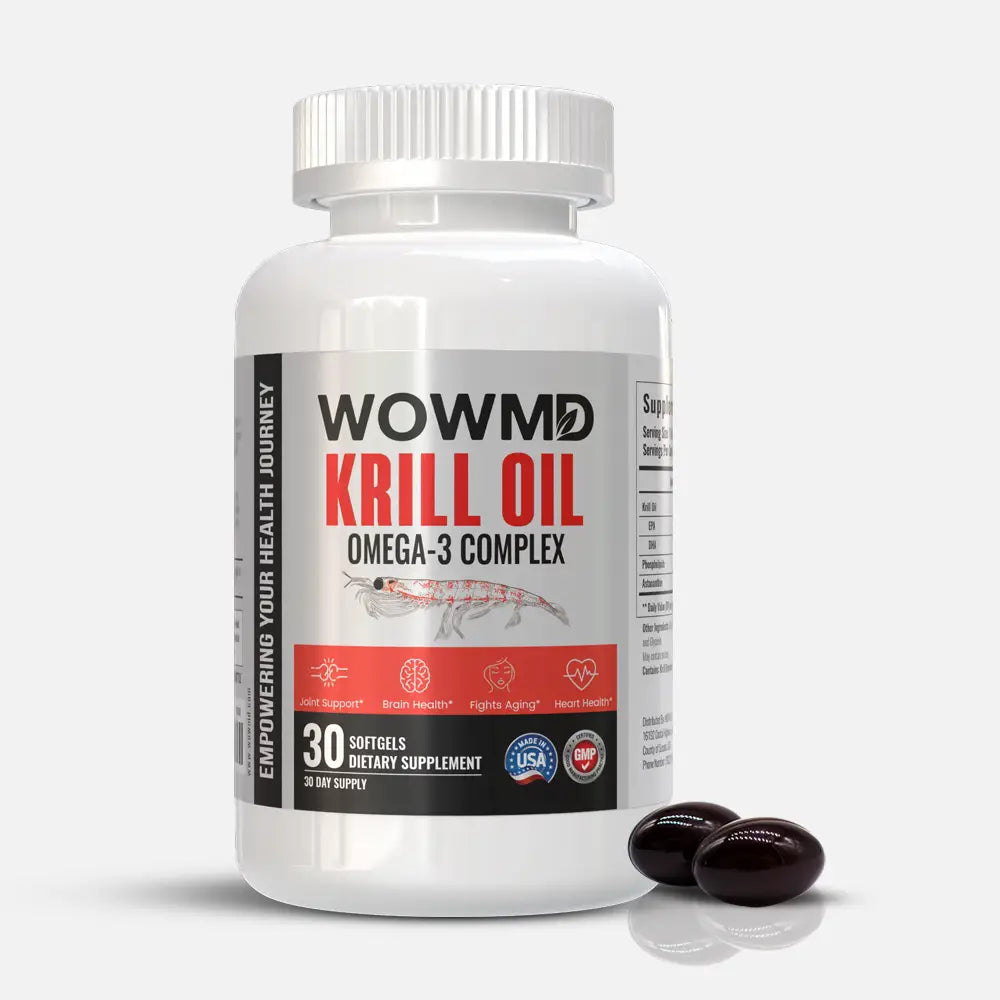
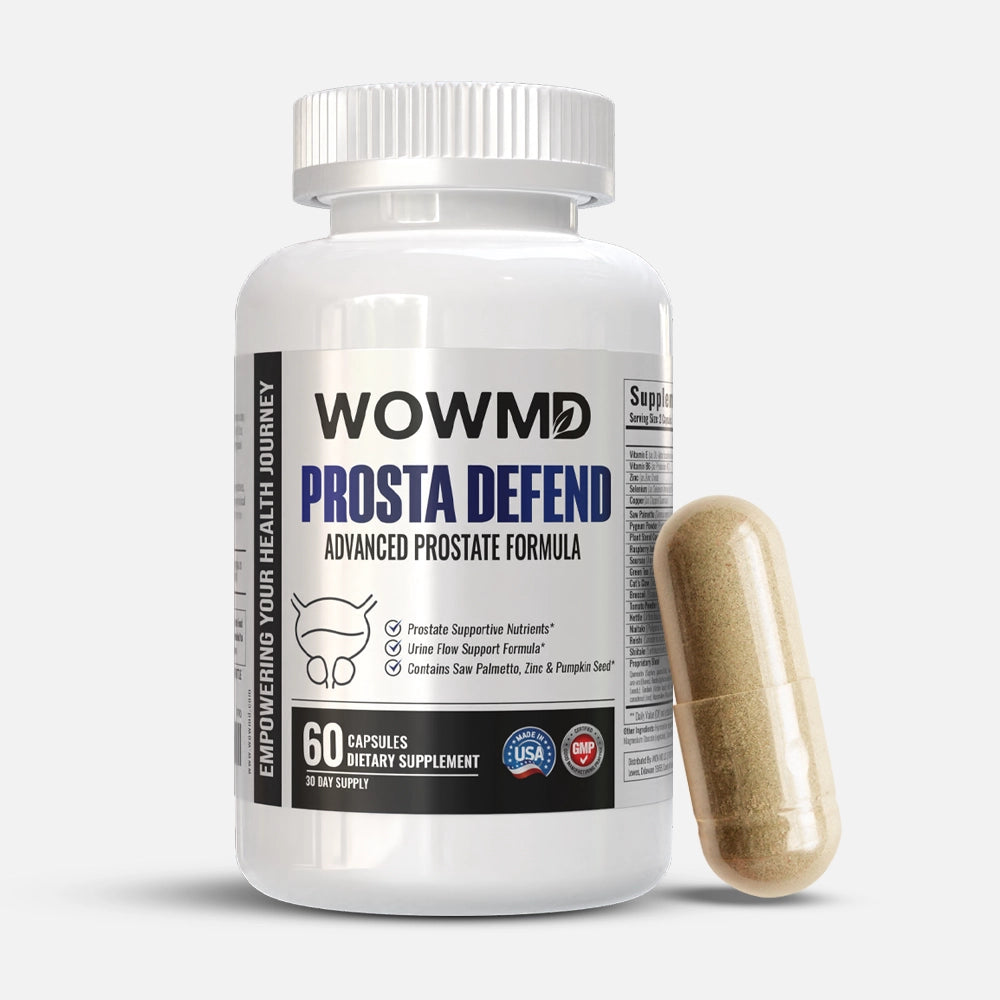

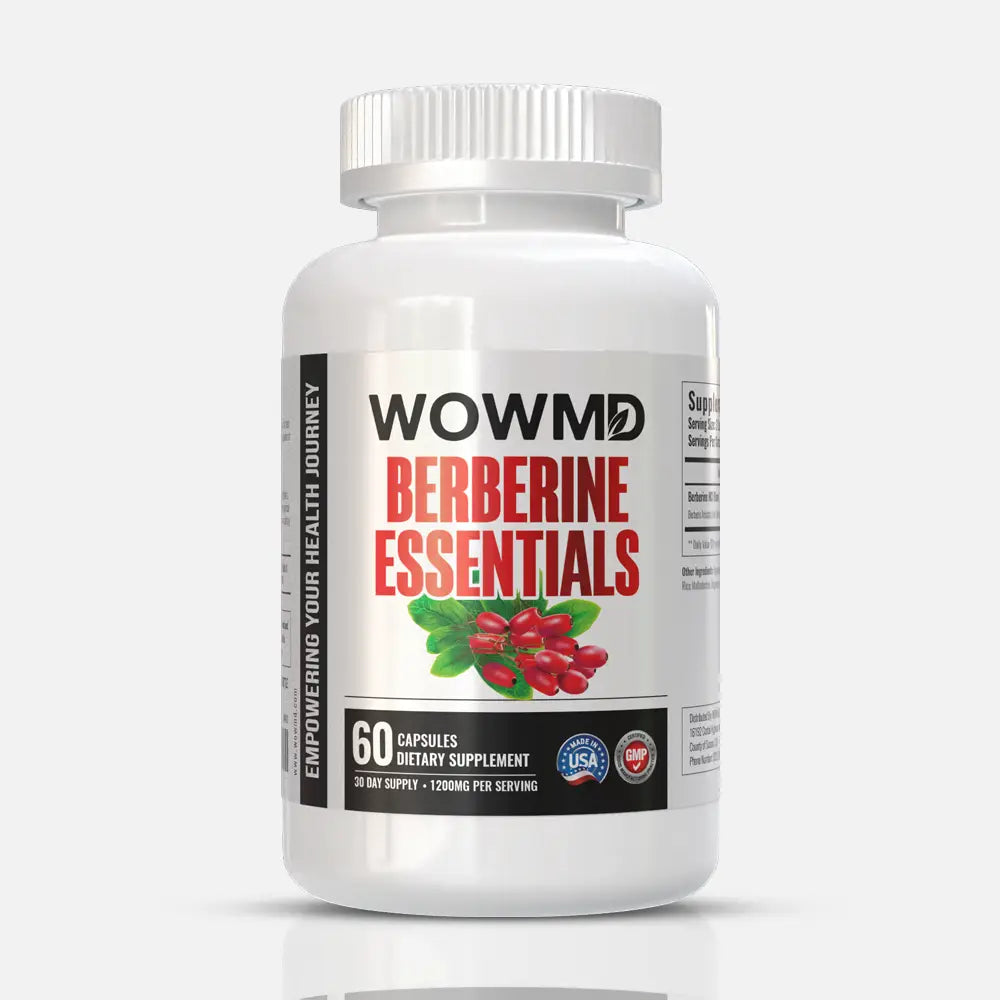
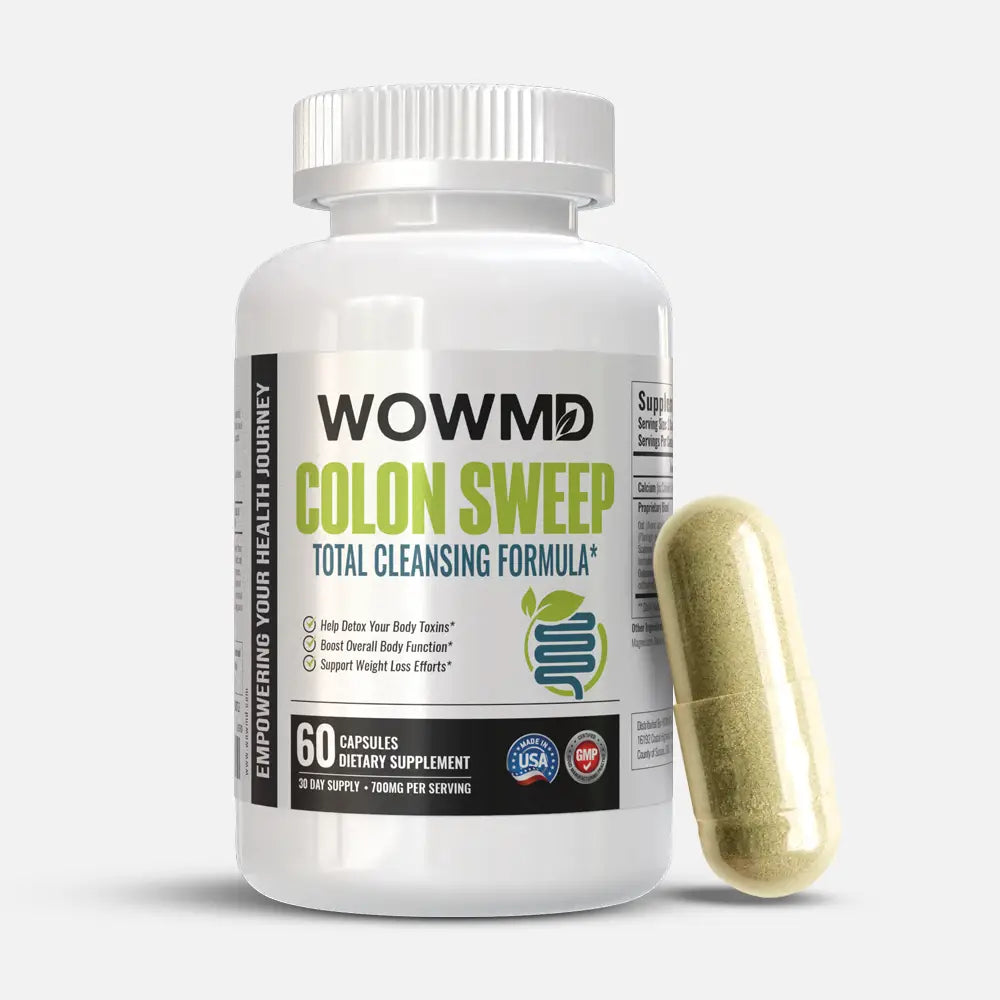
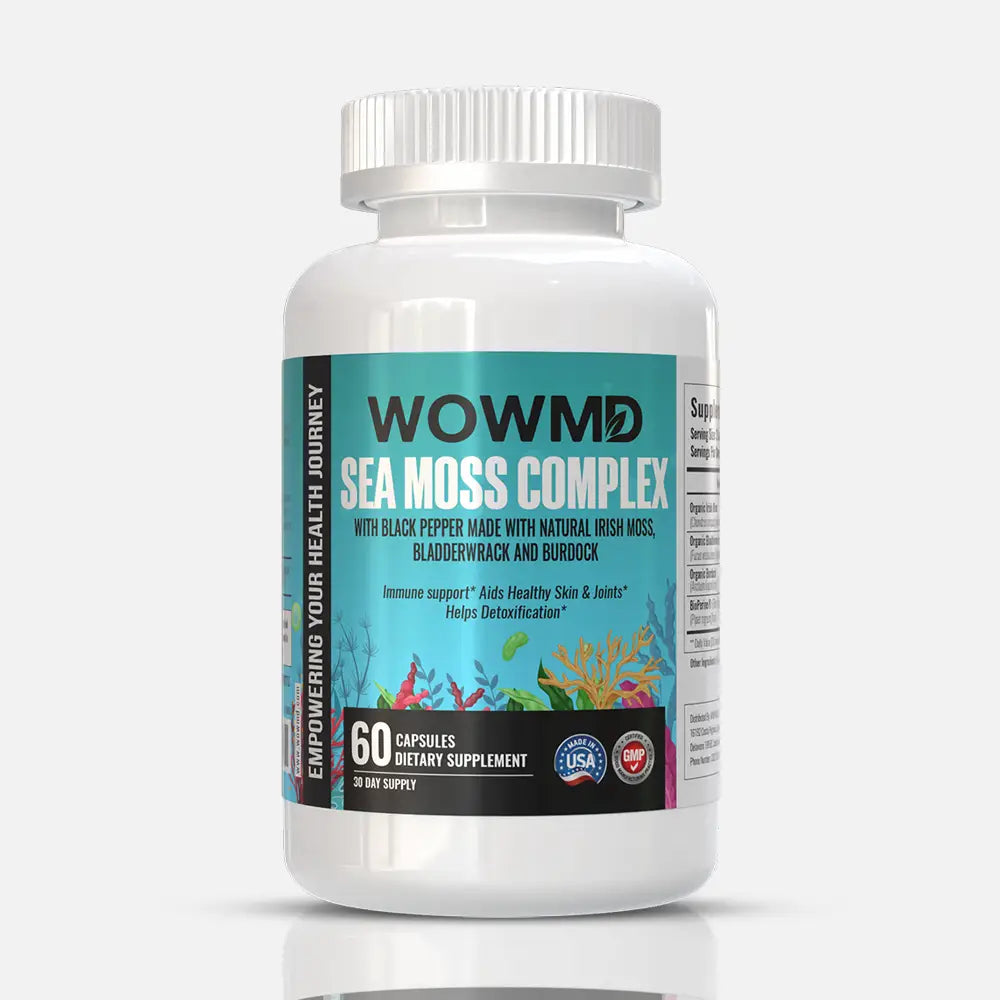

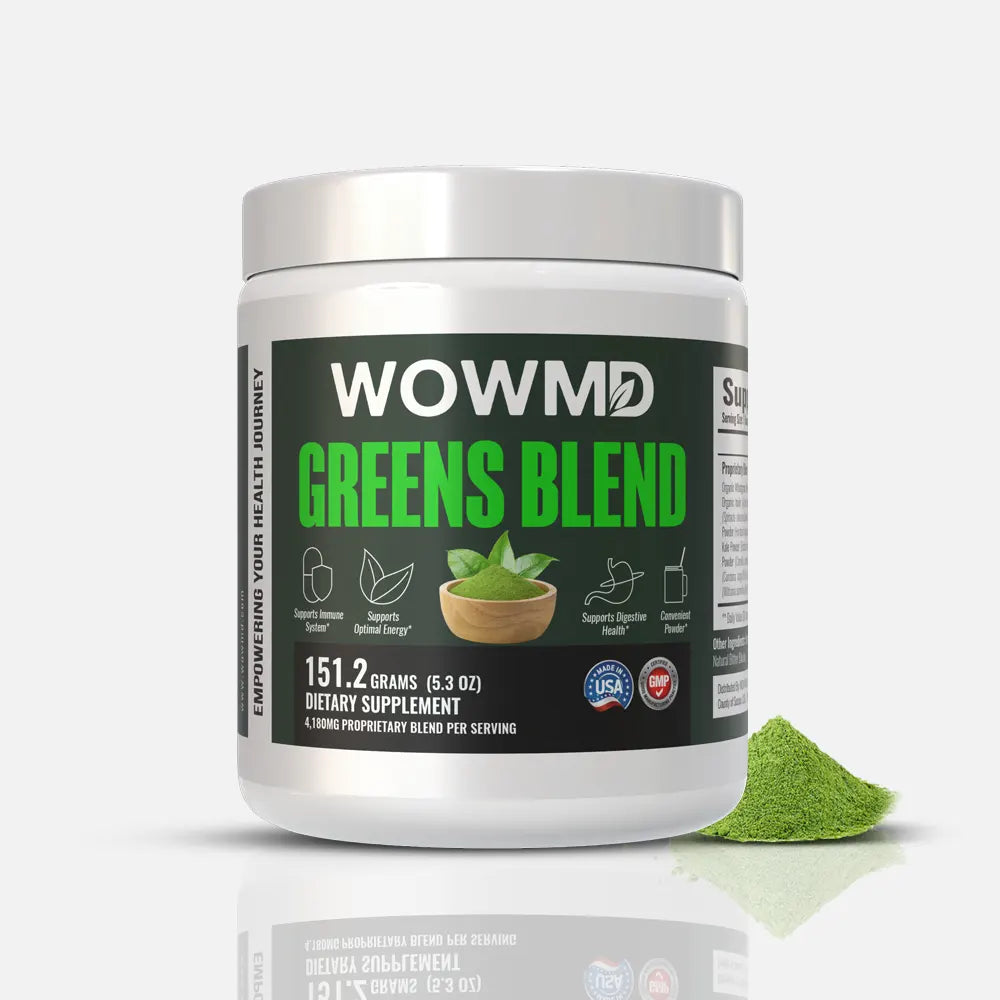






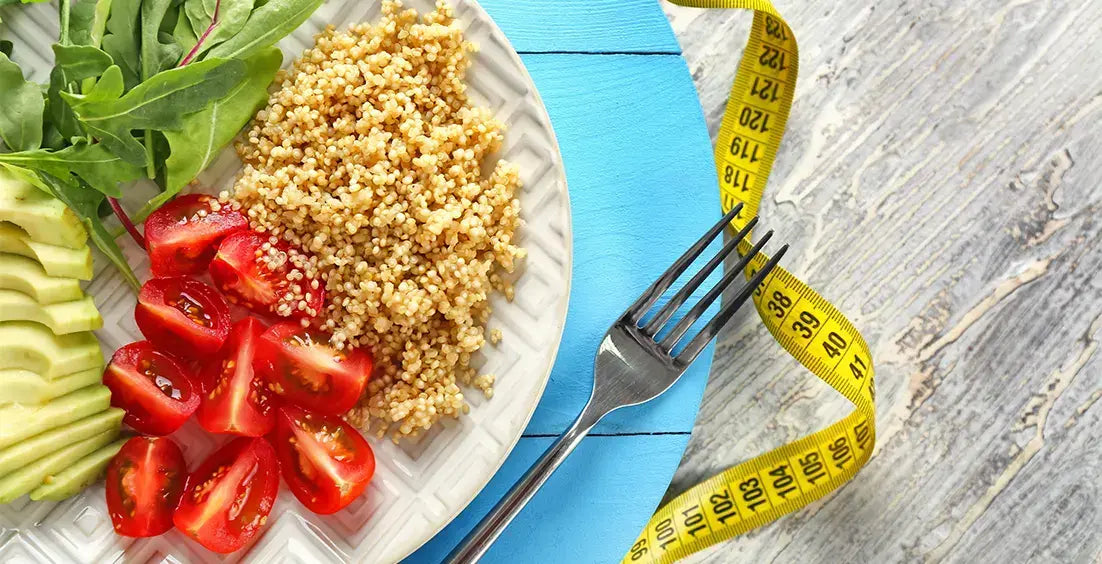



 By WOWMD Staff
By WOWMD Staff
